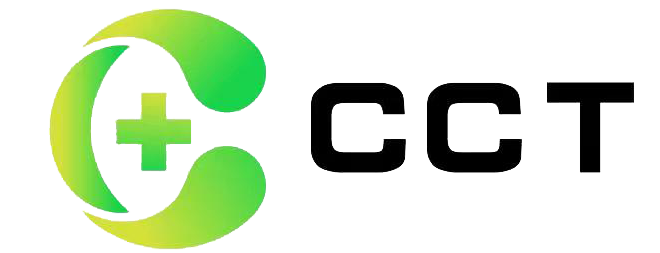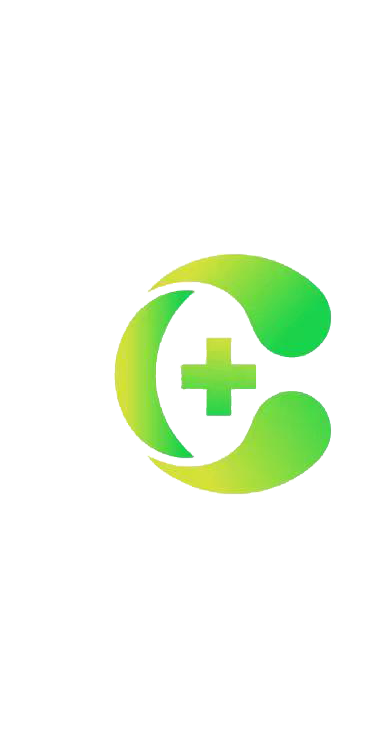The headliner fabric is a critical component of a vehicle’s interior, elegantly covering the roof’s metal panel while enhancing aesthetics and comfort. As modern automobiles demand greater luxury and performance, headliner fabrics must meet stringent requirements—combining visual appeal with flame resistance, stain-proofing, colorfastness, sound insulation, thermal regulation, and even head-impact protection. Choosing the right headliner fabric is essential for both vehicle quality and passenger safety.
1. Knitted Mesh Headliner Fabric
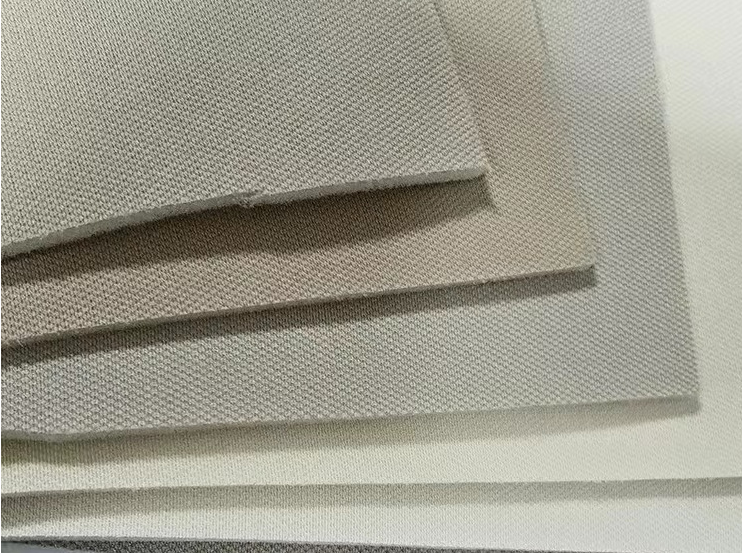
Knitted headliner fabrics typically feature a three-layer composite structure:
- Top layer: Knitted fabric (for texture and durability)
- Middle layer: Polyurethane foam (for sound absorption, heat insulation, and vibration damping)
- Backing layer: Soft spunlace non-woven fabric (for stability and comfort)
Flame lamination is the preferred bonding method, where the foam layer melts under heat to adhesively fuse the layers. Compared to glue-based lamination, this method prevents bubbling, delamination (even when wet), and delivers a softer hand feel.
Advantages:
✔ Moisture-resistant and durable
✔ Smooth, premium texture
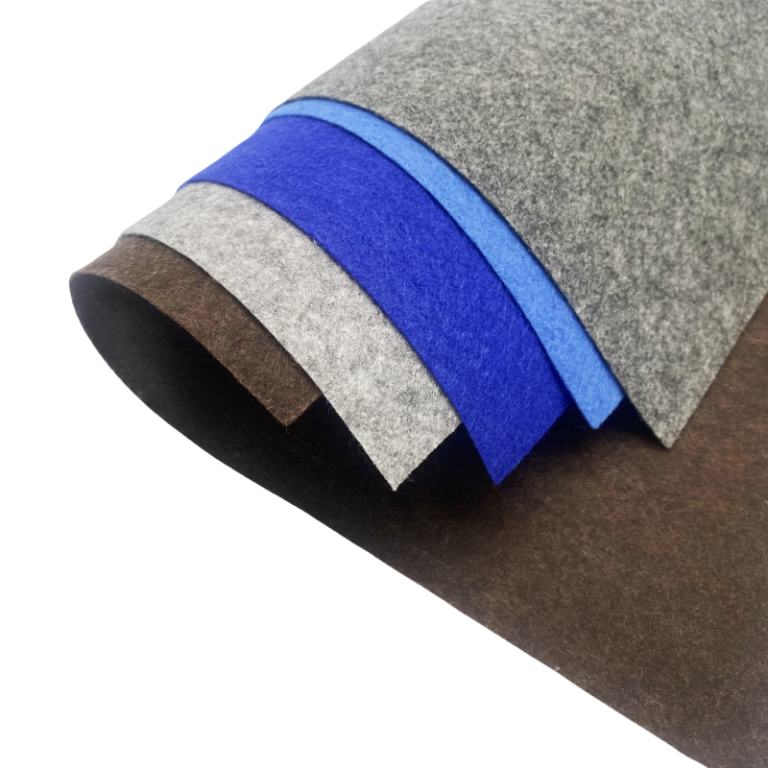
Nonwoven headliner fabric are made from randomly arranged polyester (PET) or polypropylene (PP) fibers. PET-based non-wovens dominate the automotive sector due to their moldability, cost efficiency, and eco-friendliness.
Types of Non-Woven Head liner Fabrics:
- Needle-punched non-woven: Low-cost but prone to pilling and abrasion (common in budget vehicles).
- Stitch-bonded non-woven: Offers better scratch resistance and texture at a mid-range price.
- Printed non-woven: Dyed/patterned for aesthetics; widely used in Japanese/Korean cars.
Advantages:
✔ Recyclable and easy to shape
Non-woven fabrics are mainly made up of fibres from polypropylene, polyester, polyamide, acrylic and viscose fibres. Nonwoven fabrics come from a wide range of sources, are environmentally friendly in nature and can be moulded in depth to meet modelling requirements. According to the process, non-woven fabrics can be divided into needle punching non-woven fabrics, sewing non-woven fabrics and printing non-woven fabrics. In the low-end car, the roof nonwoven fabrics are generally used needle punching nonwoven fabrics. Needle-punching nonwoven fabric is the use of needle-punching process will be fluffy fabric reinforced into a cloth, has the advantages of low cost, moisture-proof and breathable, can also be recycled, is internationally recognised as the protection of the earth’s ecological environmentally friendly products. However, the strength and durability of needle-punched nonwoven fabric is poor, linting is not wear-resistant, and the feel is rough. Sewn nonwoven fabric is made by sewing method, which has many advantages such as high strength, good elasticity, low water absorption, wear-resistant and corrosion-resistant. Sewn nonwoven fabric has a feel close to that of textile, and has a high production capacity, from feeding to fabric forming speed is very fast, it only takes a few minutes. In practical application, due to the lack of sewing nonwoven technology, the formation of the roof will appear serious shrinkage phenomenon, deformation parts of the larger will destroy the appearance of the product. With the development of modern technology, shrinkage phenomenon is slowly disappearing. Printed nonwoven fabric is engraved on the nonwoven fabric with the desired pattern, which has been widely used in the automobile industry.
3. PVC Headliner Fabric
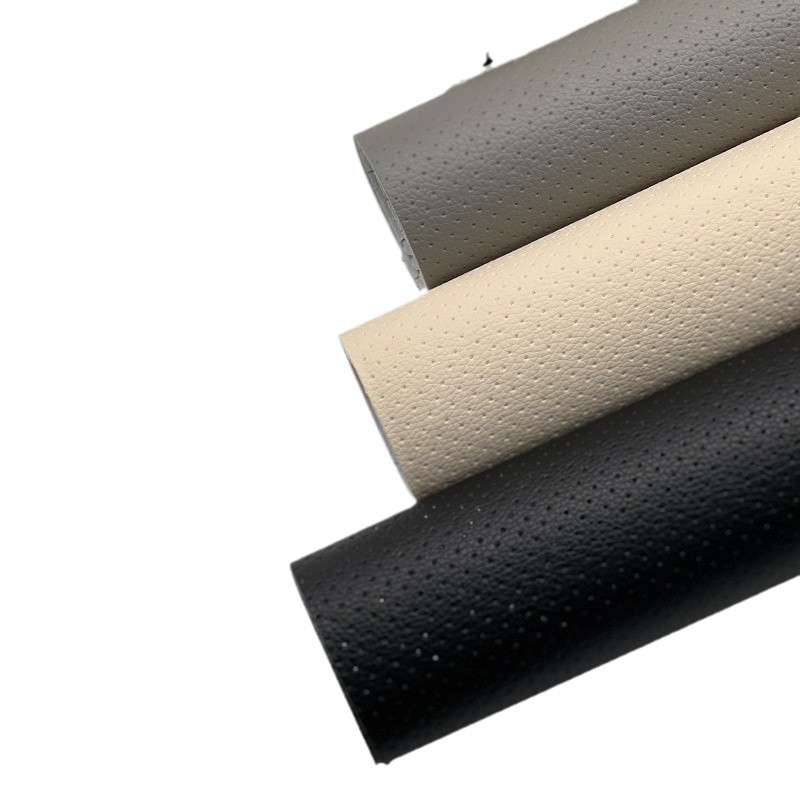
PVC faux leather (polyvinyl chloride-coated fabric) mimics genuine leather but faces environmental concerns due to toxic dioxin emissions during production. While rare in personal vehicles due to VOC restrictions, its easy-clean properties make it suitable for taxi roofs.
Limitations:
✖ Not eco-friendly
4. Microfiber Suede Headliner Fabric
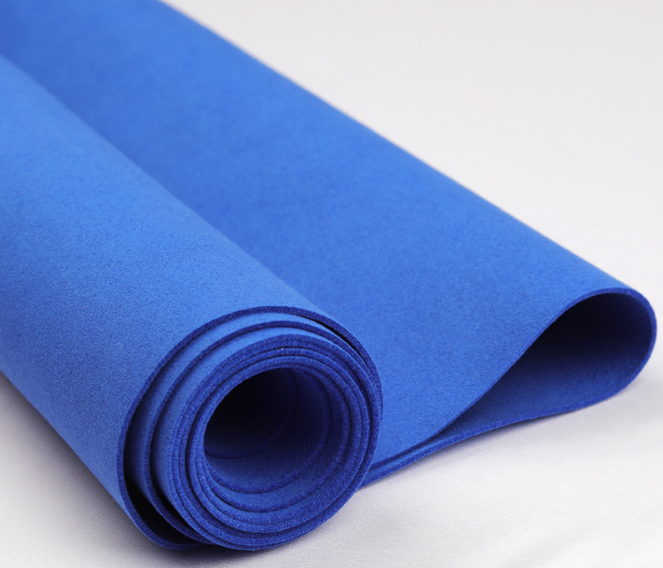
This high-end headliner fabric (natural or synthetic) offers a luxe feel with:
- Ultra-soft, velvety texture
- Superior drape and abrasion resistance
Drawbacks:
✖ Poor water resistance (may shrink or wrinkle)
✖ High cost → Limited to luxury/modified vehicles
5. PU & GMT Panel Headliners
GMT Panels
- Eco-friendly (zero formaldehyde)
- Fire/water/mold-proof with excellent sound absorption
- Budget-friendly
PU Panels
● Heat-resistant and dimensionally stable
● Superior noise reduction
Future Trends in Headliner Fabrics
Automotive headliner fabrics now prioritize multifunctionality:
● Nanotech coatings for water/dust resistance
● Sustainable materials (recycled fibers, bio-based foams)
● Enhanced safety (impact-absorbing structures)
From knitted composites to eco-conscious GMT panels, headliner fabric innovations are reshaping automotive interiors. Manufacturers must balance aesthetics, performance, and sustainability to meet evolving market demands.
